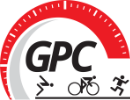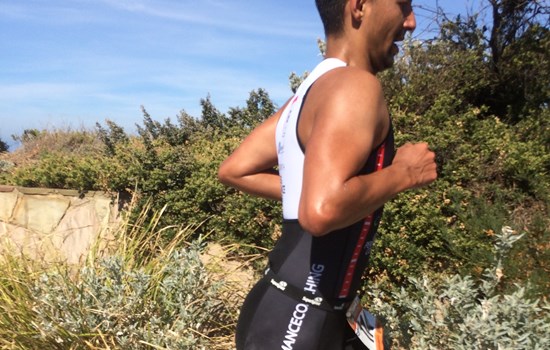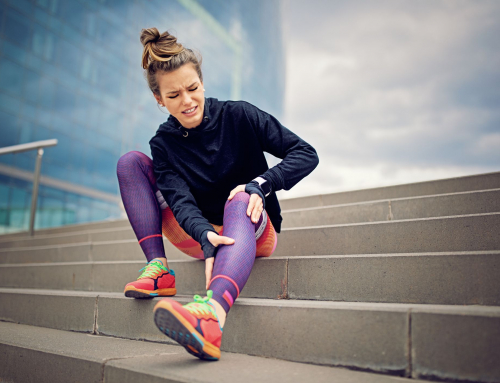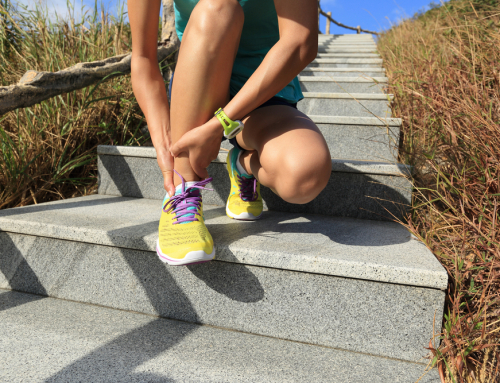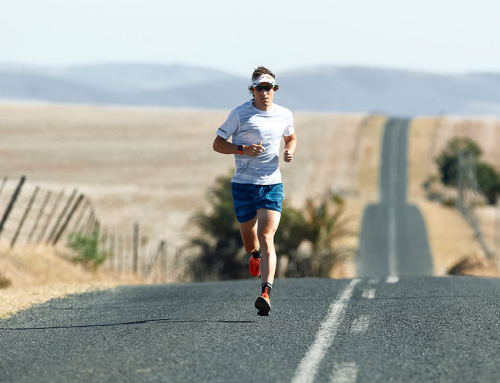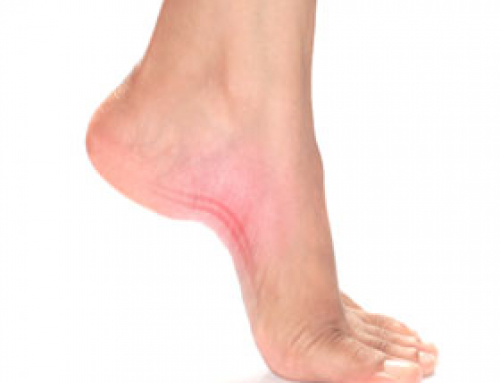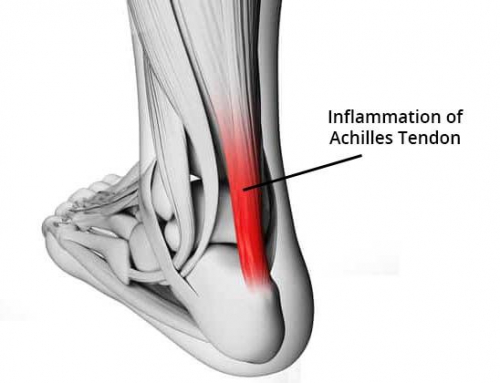Improved running biomechanics (technique) will lead to…
- Injury prevention
- Running faster off the bike (triathlon)
- Increases running training capacity
- Accelerates recovery
- Increased speed
Improving your biomechanics is paramount for triathletes and distance runners as they often have less strength on the run and/or later in the race. Triathletes are also typically heavier than pure runners and have less time to train at the one discipline.
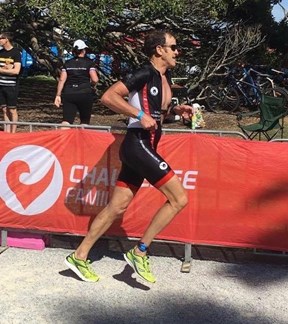 Principles of efficient running technique:
Principles of efficient running technique:
Forward Lean
- Straight line from ankle to ear
- Chest & pelvis aligned
- Slight lean forward
Cadence
- Should be 90+ per single leg or 180+ double leg per minute
- Will be improved by lean forward & push at the back
Vertical Oscillation
- Move forward not up & down
- Look for pelvis rise from highest to lowest point
- Think “hips high” or “run tall”
Hip Extension
- Greater extension = greater force production
- Reduces braking phase
 Arm & Shoulders
Arm & Shoulders
- 90 degrees or less
- Look 5m in front of you
- Neutral head position
- Rearward pull of elbow
- Swing within middle sector of body
Foot Contact
- Minimal braking/overstriding
- Under pelvis
- Consider which foot strike suits your body eg. heel strike, whole foot, lateral mid foot fore foot
- Check for supination or over pronation
Power Losses
- Direction deviations
- Core weakness
- Force application & timing
- Lack of coordination
- Pelvic/spine misalignment
- Lack of flexibility or strength in soles, quadriceps & gluteals
If you are interested in improving your running technique. Contact Coach Kate to organise a one on one running technique analysis or come along to one of our squad running sessions. Video analysis and full report will be provided upon request.
